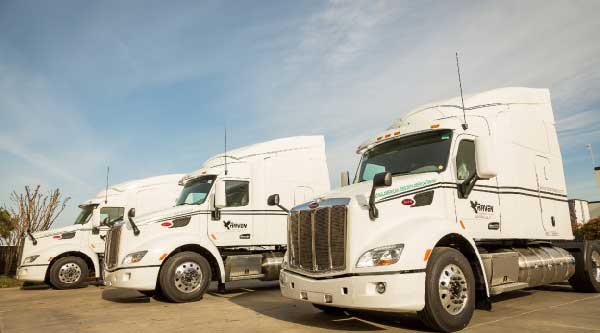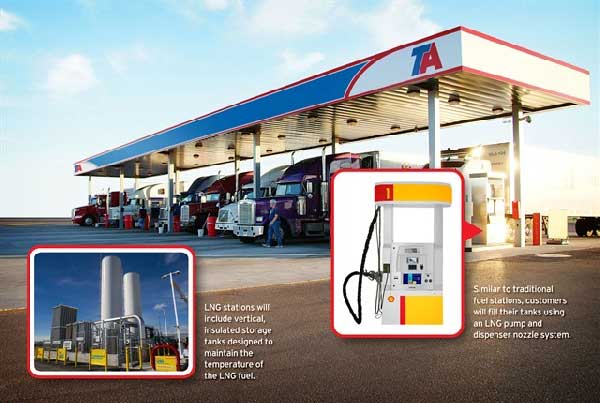Nation’s Fuel Leaders Turn to LNG Growth to Support Heavy-Duty Truck Transport
April 15th, 2015 by Fiedler Group
Since the year 2000, demand for liquefied natural gas (LNG) is expected to grow an estimated 7.6 percent every year — which is almost three times faster than the grown rate for natural gas.
What’s more, LNG global demand by the year 2030 could almost double the 2012 level of nearly 250 million metric tonnes. (source)
So it comes as no surprise that the nation’s big fuel companies are adopting and promoting LNG as a cleaner, more cost-effective fueling solution.
In early 2015, Clean Energy Fuels Corp. announced that its longtime customer, Raven Transport, is growing its clean energy fleet with 115 new Peterbilt Model 579 heavy-duty trucks powered by liquefied natural gas — a coup for the clean-burning natural gas industry.

Clean Energy plans to support Raven’s fleet by opening new natural gas fueling stations in Georgia and Alabama, as well as existing Clean Energy fuel stations in Georgia, North Carolina, Florida, Texas, and South Carolina.
As noted by Chad Lindholm, vice president of Clean Energy, the opening of these new natural gas stations helps it to become “increasingly feasible for fleets hauling in the Southeast and beyond to make the switch to natural gas.”
Natural gas fuel can cost up to $1.00 less per gallon than gasoline or diesel, and concurrently, reduces greenhouse gas emissions up to 23 percent in heavy-duty vehicles like the trucks in the Raven fleet.
Stephen Silverman, chief operating officer for Raven Transport, commented on the challenge to transport goods with clean-burning fuel, saying “Industry-leading shippers continue to set the standard in sustainable logistics, and [the Clean Energy] announcement enables Raven to accommodate these high standards…”
Raven’s fleet is expected to consume approximately 2.4 million additional DGEs of LNG annually, operating on routes central to Southeast production plants and distribution centers.
Shell and TravelCenters of America are also developing network of LNG fueling centers for heavy-duty fleet customers.
Their plan called for the construction of at least two LNG fueling lanes at up to 100 existing TravelCenters of America and Petro Stopping Center locations along the U.S. interstate highway system.

Also in early 2015, Shell opened two new LNG lanes at TravelCenters of America refueling stations in Baytown, Texas and Lafayette, Louisiana.
The strategic location of the new LNG lanes are meant to service heavy-duty trucks travelling from the Port of Houston through into Louisiana. This brings the total number of LNG fueling facilities that Shell has opened in the United States to three.
By providing LNG as a lower cost and cleaner alternative to diesel, Shell’s Christian Buelow expects “the strengthening supply chain in North America to give customers reassurance that LNG is becoming a bigger part of the transport fuel mix.”
To learn more about LNG, alternative fuels, and how Fielder Group’s expertise can help you develop a similar project of your own, please contact us today.